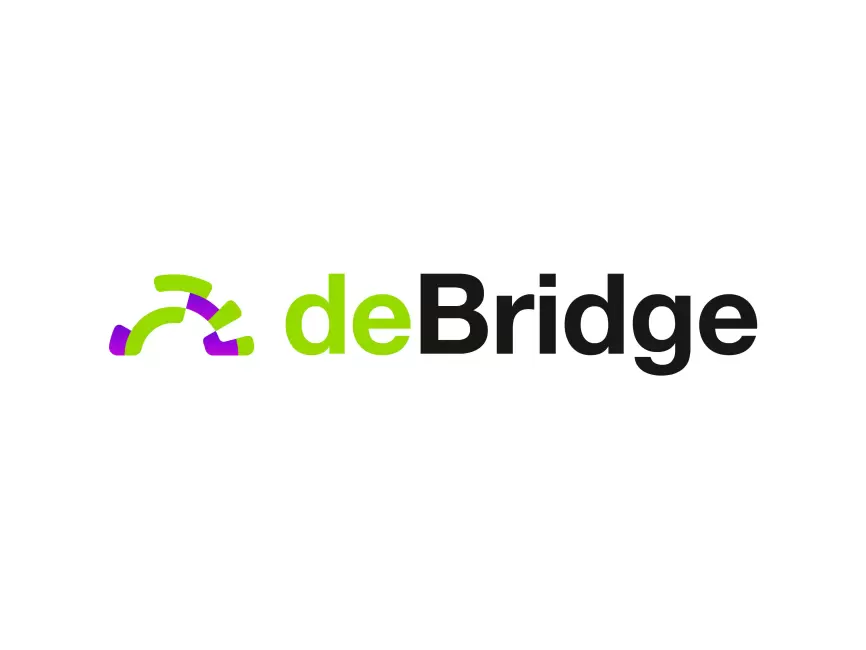Why Blockchain Bridges Are the Real Game Changers in DeFi
Blockchain bridges have been buzzing around the DeFi space for a while now. But honestly, when I first heard about them, I thought, “Hmm, sounds risky.” I mean, moving assets from one chain to another? That’s like trusting a stranger with your wallet, right? But then I got curious. What if these bridges are more than just flashy tech? What if they’re the key to unlocking true interoperability?
Here’s the thing. In my early dives into cross-chain tech, I kept running into one major headache: fragmentation. Each blockchain felt like its own isolated island, stubborn and uncooperative. You had Ethereum flexing its muscles, Binance Smart Chain buzzing with speed, and others like Solana or Avalanche doing their own thing. But moving assets or data between them? That was like trying to get a taxi in a snowstorm—possible but painfully slow and unreliable.
Wow! Then came the concept of blockchain bridges, the literal connection points between these islands. They promised seamless asset transfers, faster transactions, and broader access to DeFi protocols across chains. At first, I was skeptical—too many hacks and exploits had already stained the reputation of bridges. But something about their potential made me dig deeper.
Initially, I thought these bridges were just glorified escrow systems holding your tokens hostage. But as I peeled back the layers, I realized that some projects were innovating with multi-layered security, decentralized validators, and unique interoperability protocols that could change the game. It’s not perfect yet, though. Actually, wait—let me rephrase that—no tech is perfect, but some bridges are definitely ahead of the pack.
On one hand, you have bridges that operate via trusted custodians—fast, but with centralized risk. On the other, fully decentralized bridges offer better security but sometimes sacrifice speed. Though actually, some solutions are trying to balance both, which is pretty impressive considering the complexity involved.
Okay, so check this out—debridge finance has been on my radar for a bit. What caught my eye is their approach to cross-chain interoperability. They don’t just move tokens; they handle arbitrary data transfers, too. That means smart contracts on different chains can talk to each other more effectively, opening doors for complex DeFi applications that weren’t possible before.
Something felt off about many bridges I tried before using debridge finance. The user experience was clunky, fees were unpredictable, and sometimes transactions just got stuck in limbo. But with debridge, the interface is surprisingly smooth, and their protocol design cleverly minimizes those common pain points. It’s not flawless—no platform is—but it’s way more user-friendly than many competitors.
Wow! The cross-chain world is like the wild west sometimes. You need to be cautious but also adventurous. I remember one time, I almost lost funds because I trusted a bridge without enough research. Lesson learned: always double-check the security audits and community feedback. Bridges can be very very powerful tools but also gateways for potential exploits if you’re not careful.
Let me take a slight detour here—oh, and by the way, the real magic of bridges isn’t just about token swaps. It’s about creating a unified DeFi ecosystem where liquidity flows freely, users aren’t locked into single chains, and developers can build more innovative dApps. This is where debridge finance shines because it’s not just a bridge; it’s a cross-chain communication hub.
Seriously, imagine being able to stake your assets on Ethereum, then use them as collateral on Binance Smart Chain without cumbersome wrapping or waiting for hours. That’s the promise—and partly the reality—of advanced bridges. They can unlock tremendous value by connecting liquidity pools and user bases that were previously siloed.
My instinct said that this tech was going to evolve fast, and it has. But there’s still a lot of work to be done on standardizing security protocols and making cross-chain transactions as seamless as single-chain ones. The current fragmentation is a bit like the early internet days—exciting but messy.

It’s funny—when you think about it, blockchain bridges are like the modern day “interstates” for crypto highways. Before, you had backroads and dirt paths (isolated chains), but bridges pave the way for faster, safer, and more efficient travel across the crypto landscape. And just like with real roads, maintenance and security are ongoing challenges.
One aspect that bugs me about some bridges is their reliance on centralized validators or custodians to confirm transfers. It feels like a step backward in a space that prides itself on decentralization. But I get it—sometimes you need a trusted middleman to get things moving, at least until the tech matures.
Anyway, the broader implication here is that DeFi’s future hinges on interoperability. Without it, you’re stuck with fragmented liquidity and limited user experiences. With it, you open up a world where assets and data flow freely, creating richer, more dynamic financial products and services.
Now, I’m biased, but in my view, projects like debridge finance are laying the groundwork for this future. Their multi-chain approach and emphasis on security and user experience put them ahead in the race to build scalable, reliable bridges. And the best part? They’re constantly iterating, which is crucial in this fast-moving space.
Still, I’m not 100% sure how governance will evolve for these bridges. Who decides on upgrades or handles disputes? These are open questions that the community and developers need to wrestle with as cross-chain ecosystems grow more complex.
Here’s what bugs me about the hype around bridges: sometimes users forget that moving assets cross-chain involves risks that single-chain transactions don’t have. If you rush in without understanding how the bridge works, you might end up with lost funds or stuck tokens. So patience and due diligence remain your best friends.
Anyway, the takeaway? Blockchain bridges are no longer just niche tools; they’re becoming foundational infrastructure for DeFi. And if you want a solid option to explore, definitely check out debridge finance. They’re doing some very interesting stuff that might just make your cross-chain experience a lot less painful.
So, yeah, I started this thinking bridges were risky and complicated, but now I’m genuinely excited about their potential. There are still hurdles, sure, but the progress is undeniable. And that’s what makes watching DeFi’s evolution so thrilling. We’re literally witnessing the building blocks of a new financial era.





